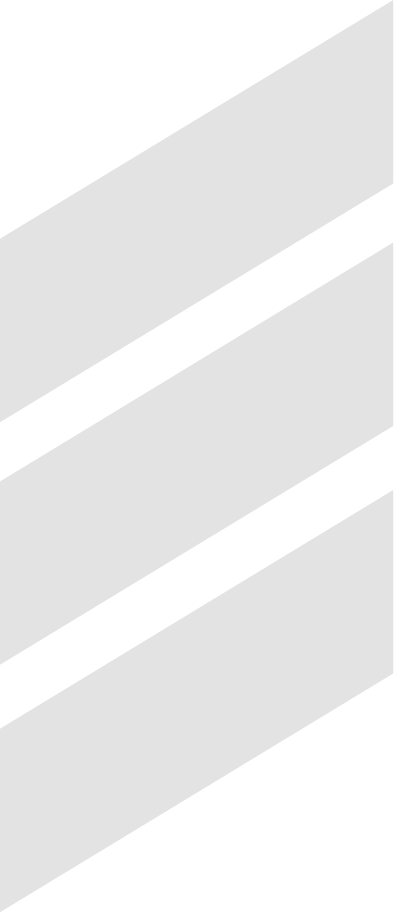Webhosters
U wilt continu beschikbaarheid en stabiele verbindingen, Datacenter Groningen biedt beide en meer. Denk daarbij bijvoorbeeld aan veel dataruimte, een eigen glasvezelnetwerk en ruime bandbreedte. Wij leveren topkwaliteit voor kleine en grotere volumes. We zijn carrier- en providerneutraal.
Veel ruimte, 100% uptime en uiterst betaalbaar. Met betrekking tot dataverkeer betaalt u wat u gebruikt en niet meer, dankzij ons ‘burstable billing’ principe.
Extra IP nummers, IPV4 en IPV6, heeft u bij ons zo geregeld. Regel direct dataruimte of kom eens langs voor een kennismaking.
Kenniscentrum
What is a data centre and what can you expect?
Digitalisation touches many areas of our society and is developing at lightning speed. Just think about the cloud, Artificial Intelligence, 5G networks and others. Almost all of these technologies are housed in data centres. For this reason, data centres are called the foundation of the digital economy. In this article, we explain what a data centre does and what you can expect from one.
What is a data centre?
A data centre is a high-security building with a single purpose, which is to ensure that your computer servers hosting your digital applications run around the clock. A data centre does this by facilitating power supplies, cooling, security and data infrastructure. All these systems are redundant. This means that all these systems are implemented multiple times. For example, we have four cooling systems at Datacenter Groningen, two of which are in operation at any given moment. Should one fail, we have a spare cooling system. If that fails as well, the other cooling system automatically takes over. In short, a data centre is a building where you can safely run your servers and digital applications.
What types of data centres are there?
There are two types of data centre: multi-tenant and single tenant. We also call the first category ‘colocation data centres’. Multi-tenant data centres basically rent out data centre space. In contrast, a single-tenant data centre only facilitates the company’s own needs. Think, for example, of a bank or government departments. We also refer to these data centres as enterprise data centres.
What can I expect from Datacenter Groningen?
Before you go to a data centre, you’ll want to know what to expect; we understand that like no other. Datacenter Groningen is where you can store your data and equipment. We are the place where everything is well organised and ensures you don’t have to worry about a thing. From the coffee to the refrigeration – everything is organised in detail for you. We work with you. Whether you need smart and innovative solutions or are moving from one data centre to another. We’re at your service and easy to get in touch with. Because we’re your partner in data!
Redundancy of the network, power and cooling
Datacenter Groningen has had an uptime of 100% for several years in a row.
N+1 redundancy was chosen for the facility at the electrical and refrigeration component level.
Two electrical paths are available to the servers. This means that if a critical component in the electrical or cooling system is under maintenance or fails, the data centre will continue to operate as normal.
This design corresponds to the Tier 2 specification known in the market (TAI 942), with the redundant path from the final distributor to the 19-inch racks being a Tier 3 specification.
Electrical
In the event of a mains power failure, the initial voltage drop will be absorbed by the UPS (Uninterruptible Power Supply). After that, the emergency power generator (12 hours of fuel) will take over power generation.
The UPS ensures that all critical equipment is supplied with voltage in all cases and that this voltage is ‘clean’. The UPSs used are modular and also in an N+1 configuration.
Cooling
On the data floor, we use so-called hot and cold paths (cold-corridor). This prevents the cold and hot air from coming into contact with each other. This arrangement is the most efficient way of cooling. The cold air is blown under the floor. Through strategically placed ventilation tiles, the cold air enters the enclosed ‘cold path’ where it is drawn in by the servers. The servers use this air to transfer their heat to. This warmer air is then blown out into the room and processed.
As much direct freecooling as possible is used for cooling purposes. This involves cooling using outside air. This is possible because the temperature in the room is usually higher than the temperature outside. If direct freecooling is no longer sufficient, a cooling unit that also controls humidification and dehumidification is used. This provides an optimal indoor environment for ICT equipment.
Energy consumption
As much direct freecooling as possible is used for cooling purposes. This involves cooling using outside air. This is possible because the temperature in the room is usually higher than the temperature outside. This application saves a lot of energy.
The UPSs are highly efficient and low-energy.
Connectivity
Provisions
Datacenter Groningen uses two different fibre-optic feeds purchased from two different carriers. This ensures the network redundancy of our data centre. In addition, Datacenter Groningen has its own fibre-optic network on the industrial estate where we are located. From Datacenter Groningen, connections can be set up to the following carriers, among others:

Burstable billing
We apply the 95% burstable billing principle. This means you can use the maximum speed during short-term peak loads, but without having to pay for it.
The bandwidth used is measured from the switch or router and recorded in a log file. This is done every five minutes. In your customer portal, you can also monitor your usage yourself.
At the end of the month, the log files are sorted from high to low. Five per cent of the peaks will be deducted and won’t be charged to you.
This means you can use a higher bandwidth for an average of 72 minutes a day at no extra cost.

